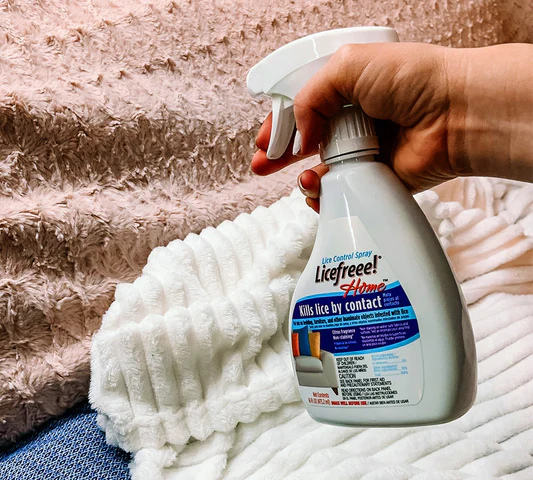
Color Confusion: Can Lice Be Black?
Dealing with lice can be a stressful experience, and identifying these tiny pests is the first step toward effective treatment. One common question people have is whether lice can be black. Understanding the appearance and behavior of lice can help you recognize and treat an infestation more effectively. Let’s delve into the color variations of lice, particularly why they might appear black, and offer insights into managing these persistent parasites.
Understanding Lice Appearance
Lice are small, wingless insects that feed on human blood. They are typically found on the scalp, but they can also infest eyebrows, eyelashes, and body hair. The appearance of lice can vary based on several factors, including their life stage, their feeding status, and lighting conditions.
Life Stages of Lice
Lice go through three primary life stages:
- Eggs (Nits): Lice eggs, or nits, are tiny, oval-shaped, and usually yellow to white. They are often mistaken for dandruff but are firmly attached to hair shafts.
- Nymphs: When lice hatch, they are called nymphs. Nymphs are smaller than adult lice and are typically light in color, ranging from white to tan.
- Adults: Adult lice are about the size of a sesame seed. They are generally tan to grayish-white but can appear darker after feeding.
Can Lice Be Black?
While lice are not naturally black, they can appear very dark or even black under certain conditions. Here are the primary reasons why lice might look black:
Feeding on Human Blood
Lice feed on human blood several times a day, which can cause their color to darken. After feeding, lice bodies become engorged with blood, making them appear darker. This color change is most noticeable in adult lice, as their larger bodies can hold more blood.
Lighting and Contrast
The appearance of lice can also be influenced by lighting and contrast. Lice may appear darker in darker hair due to the contrast against the hair color. Similarly, lice in shadowed areas or under certain lighting conditions may seem darker or black.
Dirt and Debris
Lice can pick up dirt and debris from their environment, which might make them look darker. However, this is less common and usually needs to be more significant to cause a substantial color change.
Identifying Lice: What to Look For
To accurately identify lice, look for the following characteristics:
- Shape and Size: Adult lice are about the size of a sesame seed, with a flattened, elongated body. Nymphs are smaller and lighter in color.
- Movement: Lice move quickly through hair, making them challenging to spot. They cannot jump or fly.
- Location: Lice are most commonly found close to the scalp, particularly behind the ears and at the nape of the neck.
A fine-toothed lice comb can help you detect and remove lice more effectively. Comb through wet hair, section by section, to check for lice and nits.
Effective Lice Treatment Solutions
Once you've identified a lice infestation, prompt treatment is essential to prevent it from spreading. Licefreee offers a range of products designed to kill lice and their eggs effectively. Here are some critical steps for treating lice:
- Use a Lice Treatment: Start with a specialized lice treatment, like Licefreee Spray, to kill lice on the scalp and hair. Follow the instructions carefully for the best results.
- Comb Out Nits: Use a fine-toothed lice comb to remove nits from the hair. This step is crucial for preventing re-infestation.
- Clean Your Environment: Wash bedding, clothing, and any items that may have come into contact with lice in hot water. Vacuum your home thoroughly, focusing on areas where infested individuals have spent time.
- Consider Preventive Measures: To prevent future infestations, use Licefreee Everyday Shampoo to keep lice away.
Lice can appear black, especially after feeding on human blood or under certain lighting conditions. Understanding the appearance of lice and how to identify them is crucial for effective treatment. By using comprehensive lice treatment solutions like those offered by Licefreee, you can manage and eliminate lice infestations, ensuring a lice-free environment for you and your family.



